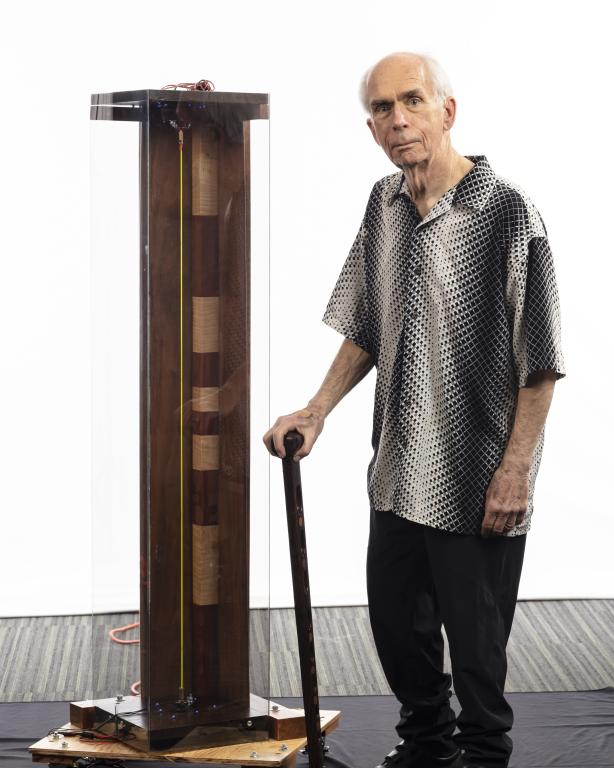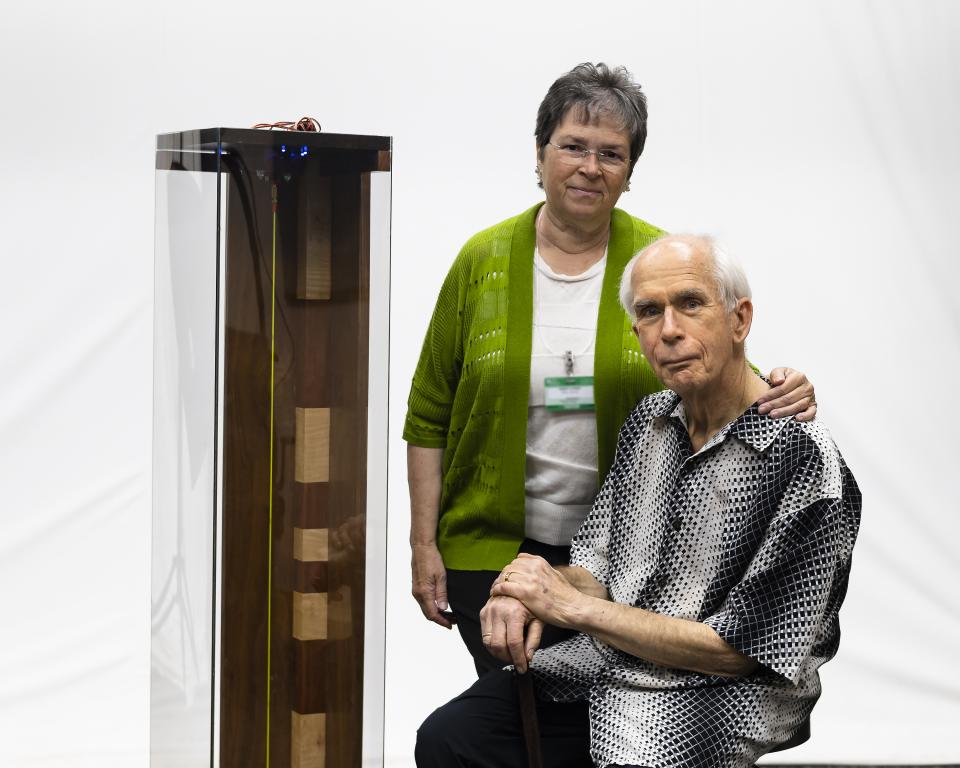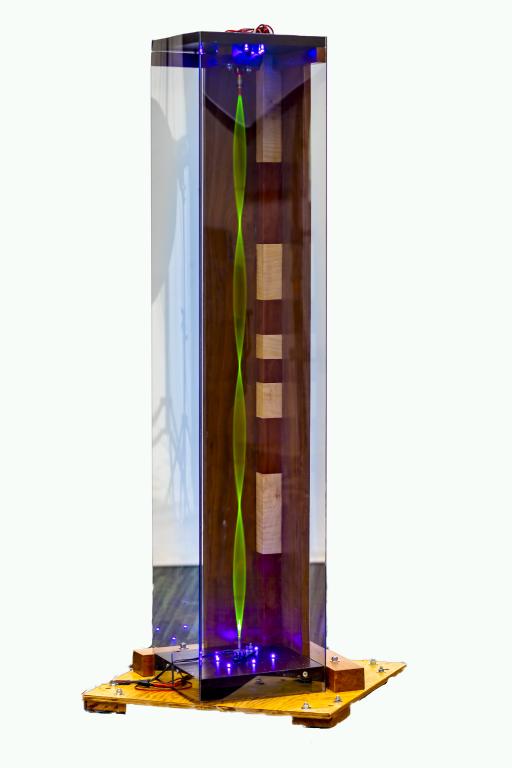
Duane Starr first came to Oak Ridge in 1977 to work on the Molecular Laser Isotope Separation Process at the former K-25 plant. After 10 years at the Oak Ridge Gaseous Diffusion Plant, he transferred to the Oak Ridge Field Intelligence Element, or FIE, ultimately landing at ORNL in 2003 until his retirement in late 2022.
It was a rewarding, if secretive, career, he said.
“I’ve gotten to work on a number of really interesting projects, which we won’t discuss any further,” Starr said with a laugh. “But one thing I really did get immersed in is the workshops. I just love to teach. And these students would come in and see these things, and they’d say, ‘Wow.’”
For years, Starr led workshops to help others from across the U.S. government understand uranium processing technologies, generally for nonproliferation and intelligence missions. These workshops are designed, developed and conducted to help U.S. government professionals better understand the nuclear fuel cycle and to enable them to better perform their job. The team used a small gas centrifuge model to demonstrate its operations as part of the courses.
As he neared retirement, Starr wanted to give the lab a much larger and more effective demonstration unit. “It finally occurred to me that we had this rather small model, but something a bit larger might be more impressive and help the information stick in people’s brains for a longer time,” Starr said. “So that encouraged me to look into building something bigger.”

Earlier this year, Starr and his wife, Nancy, returned to ORNL to donate a 5-foot-tall working model that demonstrates vibration harmonics, consistent with operation of a super critical gas centrifuge rotor. Designed and built in Starr’s garage over the last two years, the model uses a single spinning thread to visually represent the harmonic shapes as it spins faster and faster.
“The first shape that it will take is the shape of the letter C, very much elongated,” Starr said. “And as you go up in frequency from that, it’ll take on the letter S and go further, it’ll be either M or W, take your pick. This is what happens in an actual gas centrifuge – it’s just done on a different scale, of course.”
The demonstration is critical in helping attendees understand how centrifuges operate, what their limitations look like and how they fail.
“It’s one thing to throw up a slide that shows, well here’s what it looks like,” Starr said. “It’s something else to show this thing actually taking shape as you go up in frequency.”
Starr worked for nearly two years in his garage to design and construct the device, bringing in former colleagues and family to help as needed. His son, Vernon, designed the device’s electronics and provided parts from recreational quadcopters for the suspension and bearings. Other construction materials were found lying around the garage.
“The rotor string is actually from a weed whacker – high-tech materials here,” Starr said. “It has the advantage of being very strong, and it fluoresces under ultraviolet light. So, we’ve got UV lights at top and bottom that shine toward the center and cause that string to fluoresce in the dark.”

Current Fuel Cycle Analysis Group Leader Jason Oberhaus knows exactly how valuable Starr’s experience and methods have been to ORNL and the broader national security community. When he first came to ORNL in 2008, Oberhaus was one of the students in Starr’s classes.
“I took all the training as a new person at ORNL, and I will say Duane was an amazing and effective instructor. It was really neat listening to him talk. I could tell his passion and his knowledge.” Oberhaus said. “I appreciated him in those training classes, and he’s been a valuable resource ever since for the Fuel Cycle Analysis group.”
Despite being fully retired now, Starr’s legacy — and centrifuge harmonic model — will continue to provide a valuable resource to the group and their missions. He feels good about the program he’s leaving behind and the people he’s leaving it with.
“They’ve hired good people, and these good people have come along and taken over, which is exactly the way it should be. So, when I see someone using one of my talks from several years back, and I notice that they’ve made changes in my talks, I say, ‘Yes! This is the way it’s supposed to be,’” Starr said.
“People get proficient enough in the topics that they can take over, and I feel very confident in our group’s future.”
With his gift to ORNL, Starr also hopes to memorialize his former colleagues. He has donated it “in loving and respectful memory” of Jim Sumner, Carl Sohn, Ed Von Halle and Dick Hoglund.
UT-Battelle manages ORNL for DOE’s Office of Science, the single largest supporter of basic research in the physical sciences in the United States. The Office of Science is working to address some of the most pressing challenges of our time. For more information, please visit energy.gov/science.


